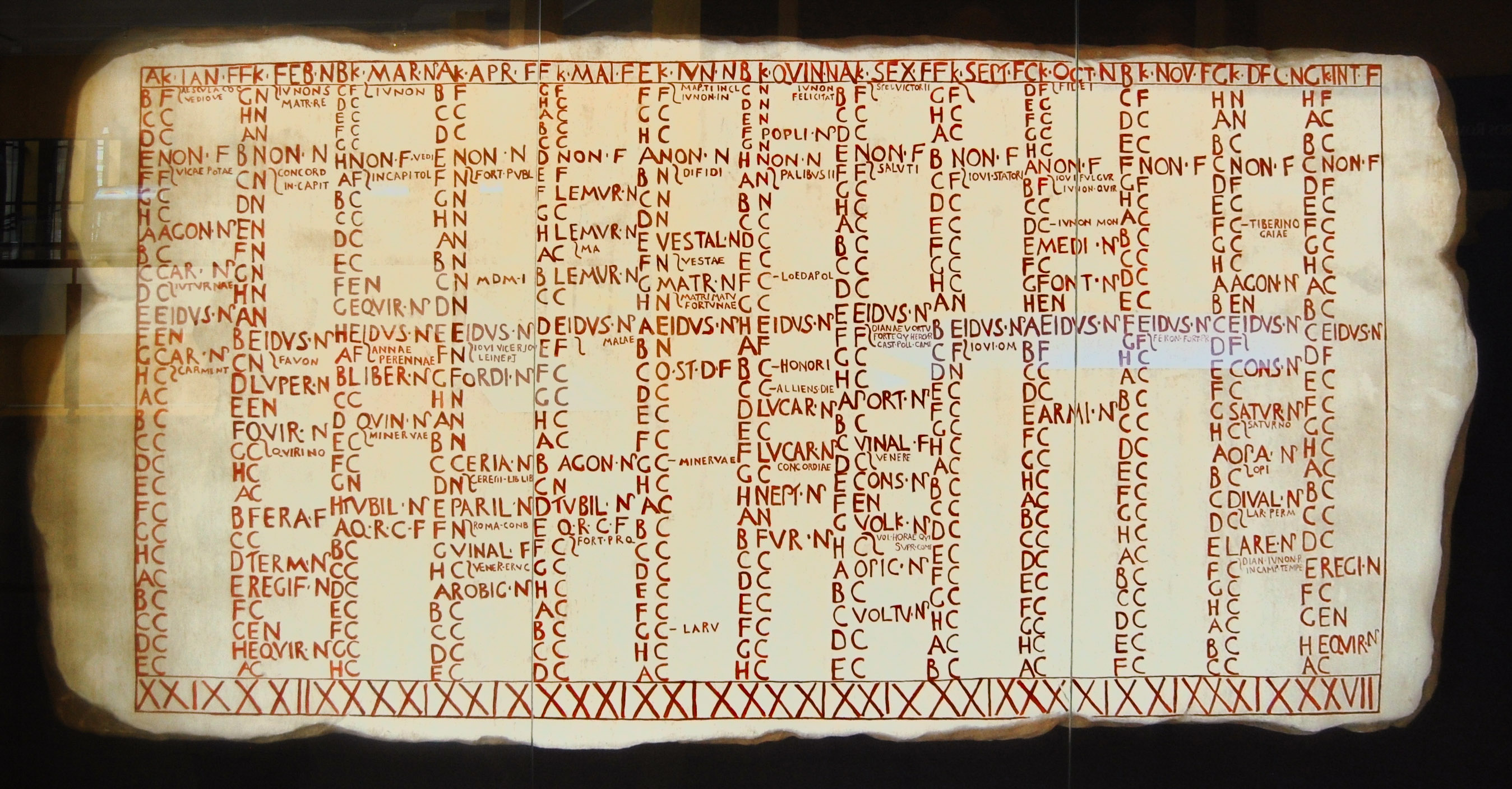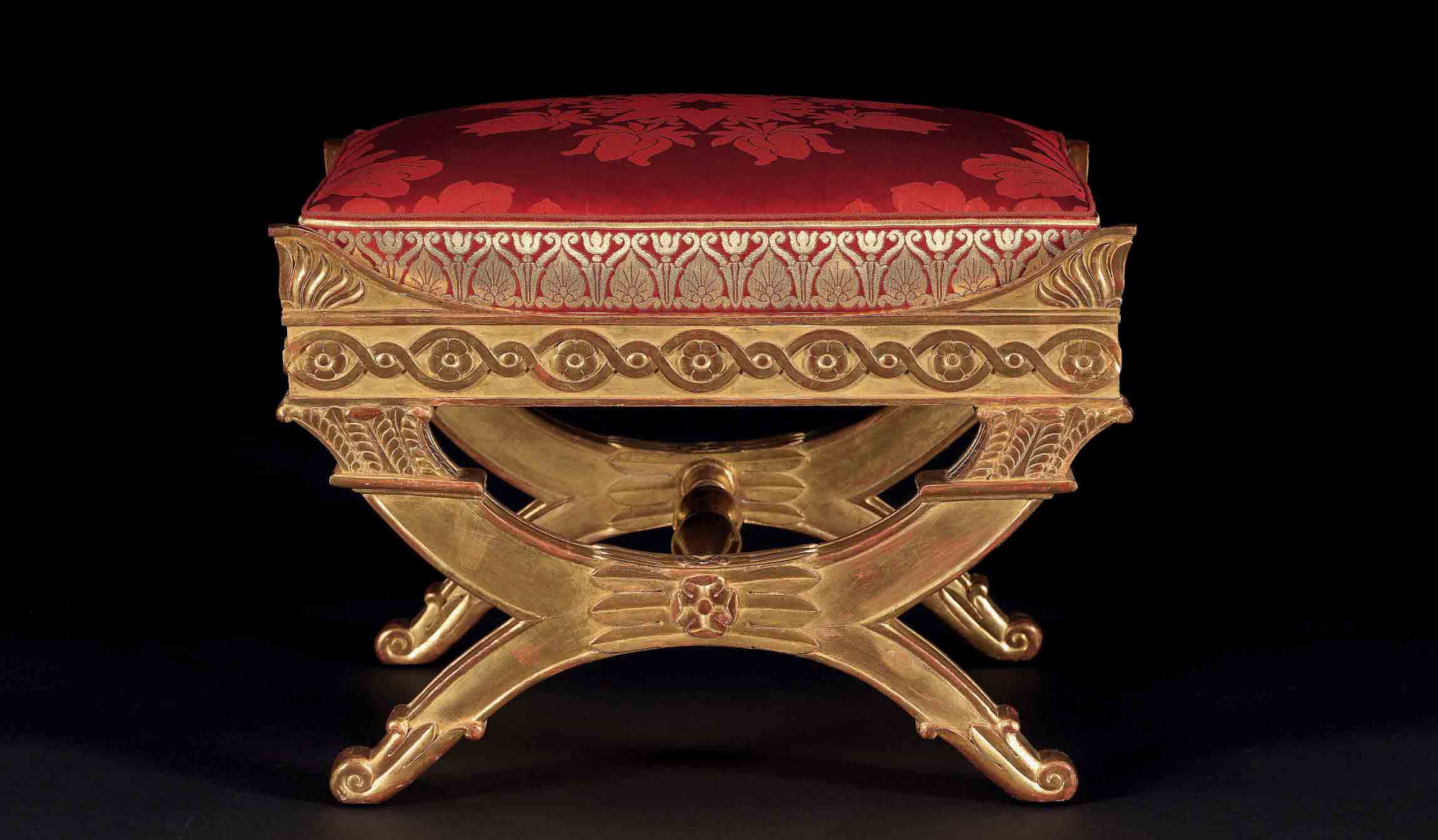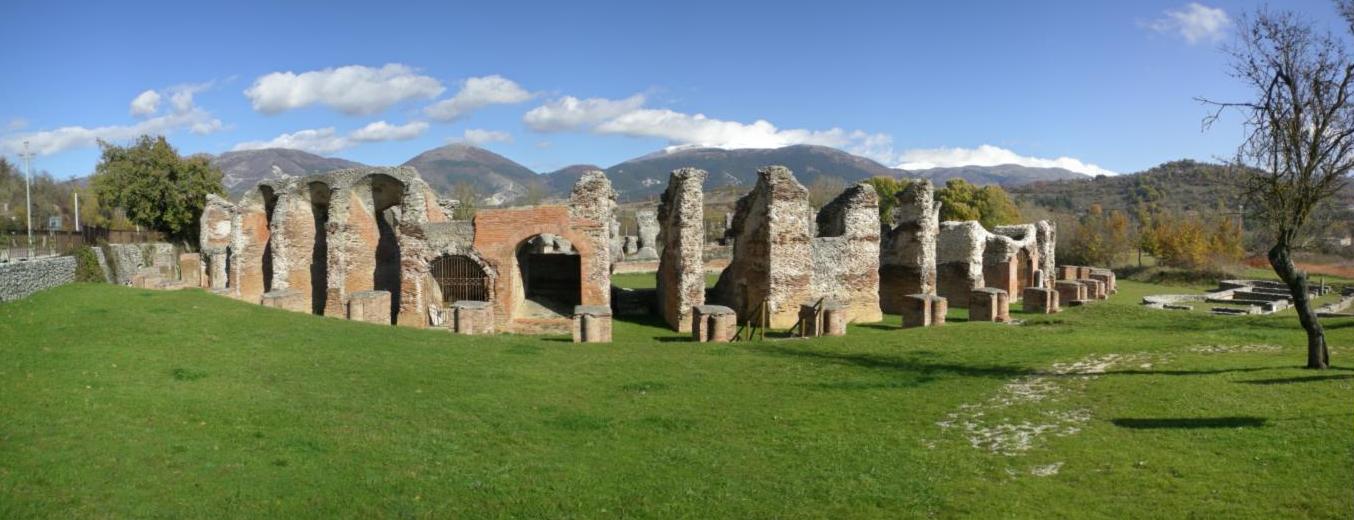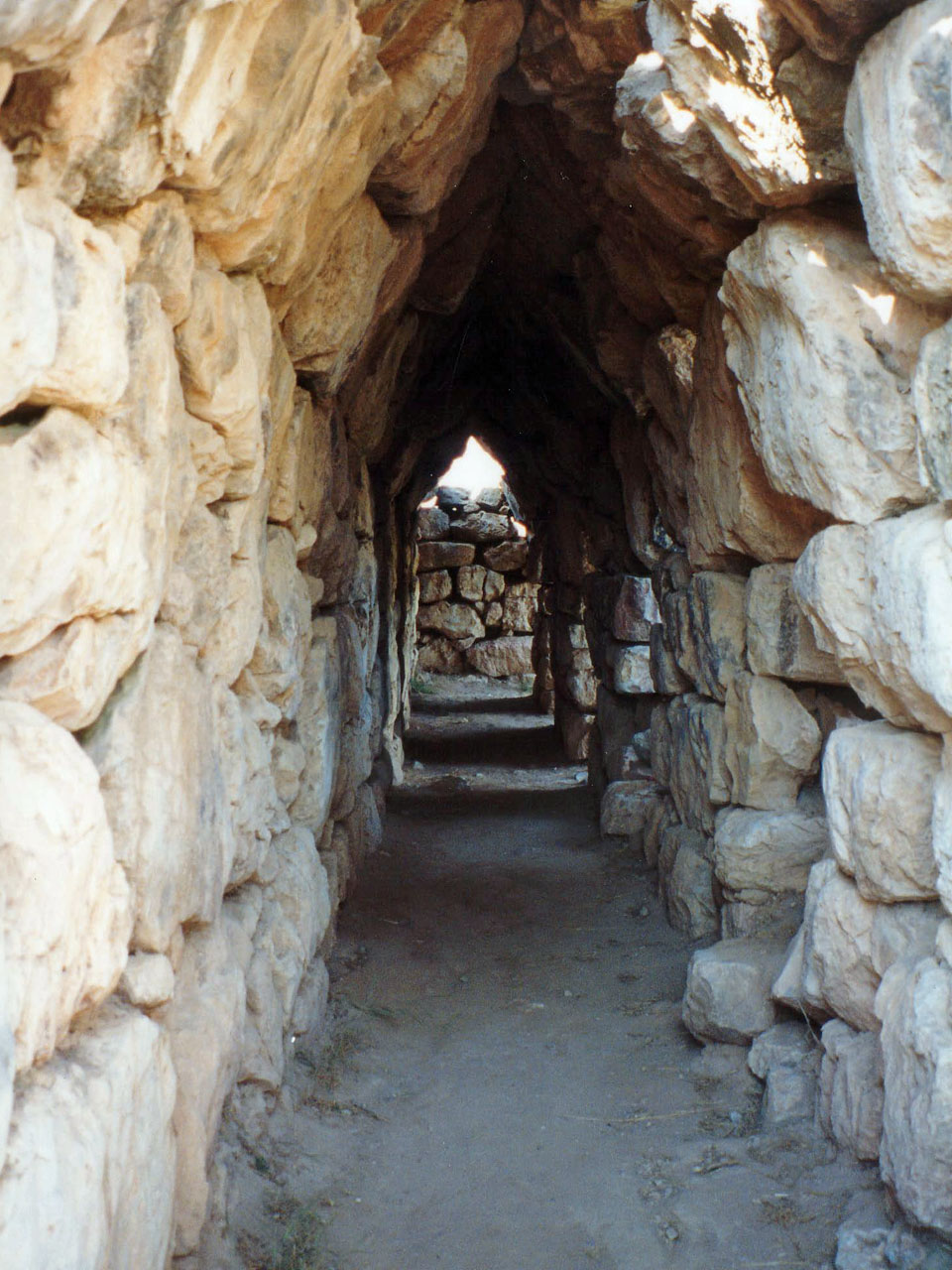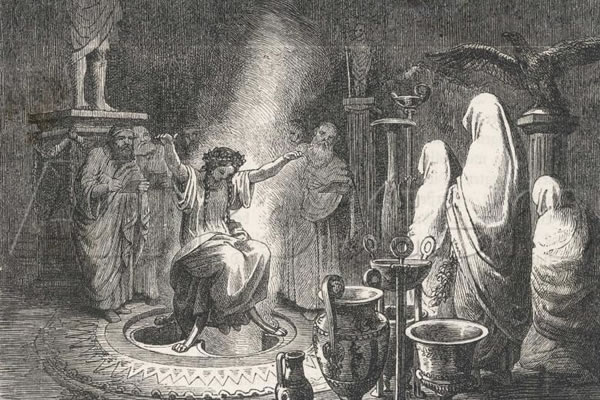|
494 BC
__NOTOC__ Year 494 BC was a year of the pre-Julian Roman calendar. At the time, it was known as the Year of the Consulship of Tricostus and Geminus (or, less frequently, year 260 ''Ab urbe condita''). The denomination 494 BC for this year has been used since the early medieval period, when the Anno Domini calendar era became the prevalent method in Europe for naming years. Events By place Persian empire * Having successfully captured several of the revolting Greek city-states, the Persians under Artaphernes lay siege to Miletus. The decisive Battle of Lade is fought at the island of Lade, near Miletus' port. Although out-numbered, the Greek fleet appears to be winning the battle until the ships from Samos and Lesbos retreat. The sudden defection turns the tide of battle, and the remaining Greek fleet is completely destroyed. Miletus surrenders shortly thereafter, and the Ionian Revolt comes to an end. * The Persian leaders Artaphernes and Mardonius grant a degree of au ... [...More Info...] [...Related Items...] OR: [Wikipedia] [Google] [Baidu] |
Roman Calendar
The Roman calendar was the calendar used by the Roman Kingdom and Roman Republic. Although the term is primarily used for Rome's pre-Julian calendars, it is often used inclusively of the Julian calendar established by Julius Caesar in 46 BC. According to most Roman accounts, #Romulus, their original calendar was established by their Roman legend, legendary list of kings of Rome, first king Romulus. It consisted of ten months, beginning in spring with March and leaving winter as an unassigned span of days before the next year. These months each had 30 or 31 days and ran for 38 nundinal cycles, each forming a kind of eight-day weeknine days inclusive counting, counted inclusively in the Roman mannerand ending with religious rituals and a Roman commerce, public market. This fixed calendar bore traces of its origin as an observational calendar, observational lunar calendar, lunar one. In particular, the most important days of each monthits kalends, nones (calendar), nones, a ... [...More Info...] [...Related Items...] OR: [Wikipedia] [Google] [Baidu] |
Thracians
The Thracians (; ; ) were an Indo-European languages, Indo-European speaking people who inhabited large parts of Southeast Europe in ancient history.. "The Thracians were an Indo-European people who occupied the area that today is shared between Thrace, north-eastern Greece, Romania, and north-western Turkey. They shared the same language and culture. There may have been as many as a million Thracians, divided among up to 40 tribes." Thracians resided mainly in Southeast Europe in Present (time), modern-day Bulgaria, Romania, North Macedonia, northern Greece and European Turkey, but also in north-western Anatolia, Anatolia (Asia Minor) in Turkey. The exact origin of the Thracians is uncertain, but it is believed that Thracians like other Indo-European speaking groups in Europe descended from a mixture of Proto-Indo-Europeans and Early European Farmers. Around the 5th millennium BC, the inhabitants of the eastern region of the Balkans became organized in different groups of Indi ... [...More Info...] [...Related Items...] OR: [Wikipedia] [Google] [Baidu] |
Curule Chair
A curule seat is a design of a (usually) foldable and transportable chair noted for its uses in Ancient Rome and Europe through to the 20th century. Its status in early Rome as a symbol of political or military power carried over to other civilizations, as it was also used in this capacity by kings in Europe, Napoleon, and others. History Ancient Rome In the Roman Republic and the Roman Empire, the curule chair (''sella curulis'', supposedly from ''currus'', "chariot") was the seat upon which magistrates holding ''imperium'' were entitled to sit. This includes dictators, '' magistri equitum'', consuls, praetors, '' curule aediles'', and the promagistrates, temporary or ''de facto'' holders of such offices. Additionally, the censors and the flamen of Jupiter ( Flamen Dialis) were also allowed to sit on a curule seat, though these positions did not hold ''imperium''. Livy writes that the three '' flamines maiores'' or high priests of the Archaic Triad of major gods were eac ... [...More Info...] [...Related Items...] OR: [Wikipedia] [Google] [Baidu] |
Sabines
The Sabines (, , , ; ) were an Italic people who lived in the central Apennine Mountains (see Sabina) of the ancient Italian Peninsula, also inhabiting Latium north of the Anio before the founding of Rome. The Sabines divided into two populations just after the founding of Rome, which is described by Roman legend. The division, however it came about, is not legendary. The population closer to Rome transplanted itself to the new city and united with the preexisting citizenry, beginning a new heritage that descended from the Sabines but was also Latinized. The second population remained a mountain tribal state, coming finally to war against Rome for its independence along with all the other Italic tribes. Afterwards, it became assimilated into the Roman Republic. Etymology The Sabines derived directly from the ancient Umbrians and belonged to the same ethnic group as the Samnites and the Sabelli, as attested by the common ethnonyms of ''Safineis'' (in ancient Gr ... [...More Info...] [...Related Items...] OR: [Wikipedia] [Google] [Baidu] |
Manius Valerius Maximus
Manius Valerius Maximus was Roman dictator in 494 BC during the first secession of the plebs. His brothers were Publius Valerius Publicola and Marcus Valerius Volusus. They were said to be the sons of Volesus Valerius.Livy, ''Ab urbe condita'', 2.30 Appointment as dictator During the period of popular discontent in Rome which led to the First secessio plebis, the Volsci, Sabines and the Aequi took up arms against Rome at the same time. To meet the threat and because of the popular political concerns at the time, in 494 BC Valerius was appointed dictator by the Roman senate. He was said to have been chosen because of his moderate temper. His appointment was accepted by the people because of the popularity of his late brother Publius. Resolution of military affairs Valerius called for conscripts and the people responded positively. Ten legions (about 45,000 men) were raised, a greater number than had been raised previously at any one time. Four of these legions were a ... [...More Info...] [...Related Items...] OR: [Wikipedia] [Google] [Baidu] |
Tiryns
Tiryns ( or ; Ancient Greek: Τίρυνς; Modern Greek: Τίρυνθα) is a Mycenaean archaeological site in Argolis in the Peloponnese, and the location from which the mythical hero Heracles was said to have performed his Twelve Labours. It lies south of Mycenae. Tiryns was a hill fort with occupation ranging back seven thousand years, from before the beginning of the Bronze Age. It reached its height of importance between 1400 and 1200 BC, when it became one of the most important centers of the Mycenaean world, and in particular in Argolis. Its most notable features were its palace, its Cyclopean tunnels and especially its walls, which gave the city its Homeric epithet of "mighty walled Tiryns". Tiryns became associated with the myths surrounding Heracles, as the city was the residence of the hero during his labors, and some sources cite it as his birthplace. The famous megaron of the palace of Tiryns has a large reception hall, the main room of which had a throne place ... [...More Info...] [...Related Items...] OR: [Wikipedia] [Google] [Baidu] |
Battle Of Sepeia
At the Battle of Sepeia (; c. 494 BC), the Spartan forces of Cleomenes I defeated the Argives, fully establishing Spartan dominance in the Peloponnese. The Battle of Sepeia is infamous for having the highest number of casualties within a battle during the classical Greek period. The closest thing to a contemporaneous source for the description of the battle is, as for many events in this time period, the Histories of Herodotus (written approximately fifty years later, c. 440 BC).Herodotus, ''The Histories'', bk 6, 75–81, translated by G. C. Macaulay, available online at http://www.sacred-texts.com/cla/hh/hh6070.htm Herodotus provides context of the political, military and economic landscape of the Peloponnese before, during and after the Battle of Sepeia. During the 5th century Sparta was one of the largest military powers in the Peloponnese. This is evident through the Spartans' victory over Argos in the Battle of the 300 Champions (546 BC) to gain control over the highly dis ... [...More Info...] [...Related Items...] OR: [Wikipedia] [Google] [Baidu] |
Argos, Peloponnese
Argos (; ; ) is a city and former municipality in Argolis, Peloponnese (region), Peloponnese, Greece and is one of the List of oldest continuously inhabited cities, oldest continuously inhabited cities in the world, and the oldest in Europe. It is the largest city in Argolis and a major center in the same prefecture, having nearly twice the population of the prefectural capital, Nafplio. Since the 2011 local government reform it has been part of the municipality of Argos-Mykines, of which it is a municipal unit. The municipal unit has an area of 138.138 km2. It is from Nafplion, which was its historic harbour. A settlement of great antiquity, Argos has been continuously inhabited as at least a substantial village for the past 7,000 years. A resident of the city of Argos is known as an Argive ( , ; ). However, this term is also used to refer to those ancient Greeks generally who assaulted the city of Troy during the Trojan War; the term is more widely applied by the Hom ... [...More Info...] [...Related Items...] OR: [Wikipedia] [Google] [Baidu] |
Cleomenes I
Cleomenes I (; Greek Κλεομένης; died c. 490 BC) was Agiad King of Sparta from c. 524 to c. 490 BC. One of the most important Spartan kings, Cleomenes was instrumental in organising the Greek resistance against the Persian Empire of Darius, as well as shaping the geopolitical balance of Classical Greece. Herodotus' account Most of the life of Cleomenes is known through the '' Histories'' of Herodotus, an Athenian historian of the second half of the 5th century. He is one the most important characters of books 5 and 6, covering the decades before the Persian Wars. Herodotus' account however contains many mistakes, especially on the chronology of several major events, and is also very biased against Cleomenes. It seems that Herodotus got his information on Cleomenes from his opponents: the descendants of his half-brothers Leonidas and Cleombrotus, as well as those of Demaratus, the other Spartan king who was deposed by Cleomenes in 491.Cartledge, ''Sparta and Lakonia' ... [...More Info...] [...Related Items...] OR: [Wikipedia] [Google] [Baidu] |
Sparta
Sparta was a prominent city-state in Laconia in ancient Greece. In antiquity, the city-state was known as Lacedaemon (), while the name Sparta referred to its main settlement in the Evrotas Valley, valley of Evrotas (river), Evrotas river in Laconia, in southeastern Peloponnese. Around 650 BC, it rose to become the dominant military land-power in ancient Greece. Sparta was recognized as the leading force of the unified Greek military during the Greco-Persian Wars, in rivalry with the rising naval power of Classical Athens, Athens. Sparta was the principal enemy of History of Athens, Athens during the Peloponnesian War (431–404 BC), from which it emerged victorious after the Battle of Aegospotami. The decisive Battle of Leuctra against Thebes, Greece, Thebes in 371 BC ended the Spartan hegemony, although the city-state maintained its Independence, political independence until its forced integration into the Achaean League in 192 BC. The city nevertheless recovered m ... [...More Info...] [...Related Items...] OR: [Wikipedia] [Google] [Baidu] |
